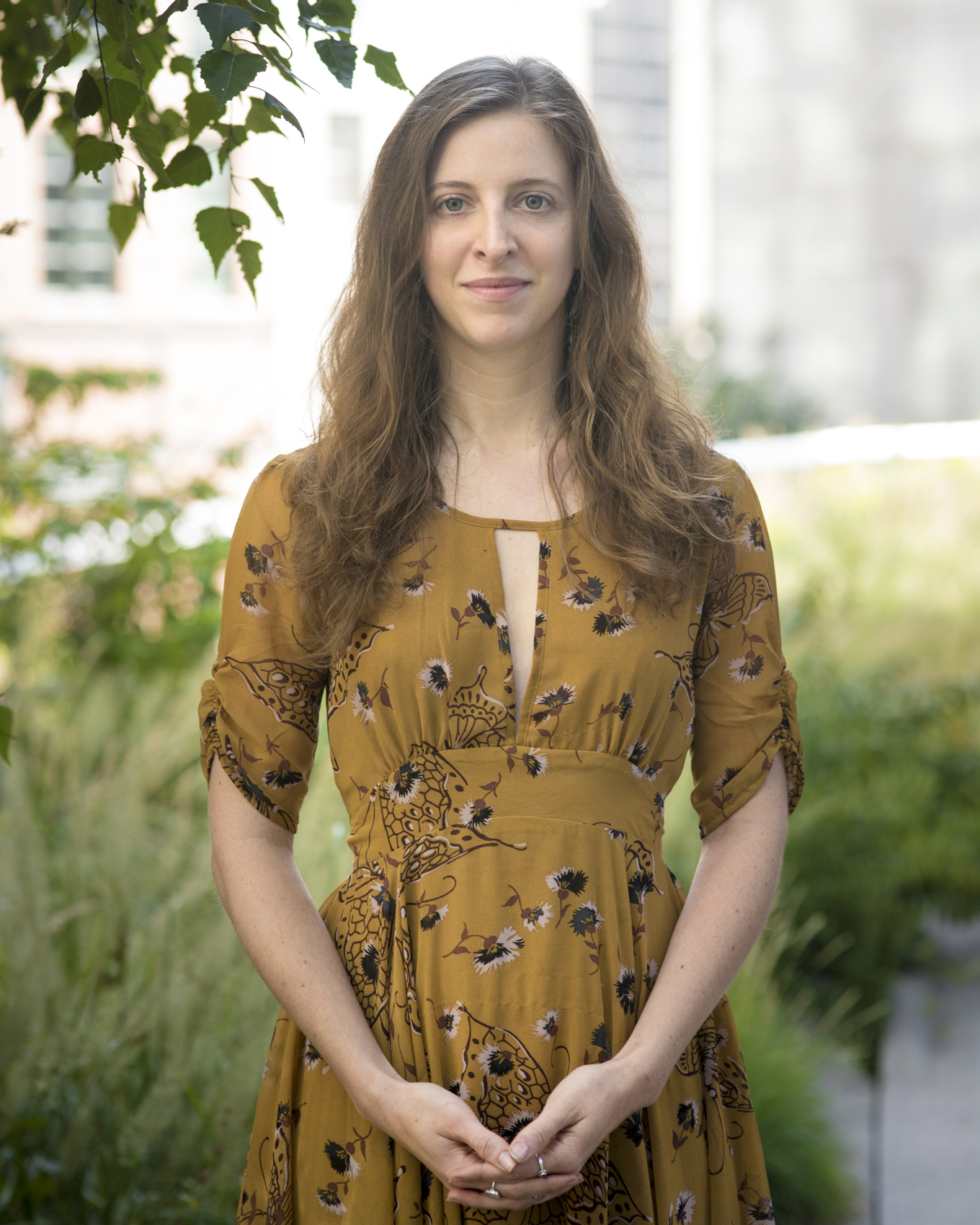
As Cigarettes Decline, Smoking Sacred Herbal Blends Is The New Wave
In Search of a Greener New York is an ongoing Garden Collage series of explorations about sustainability efforts in New York City and beyond– including the people, places, and ideas that are making Manhattan a healthier, happier place to live. In this column, we spotlight individuals who are making New York a “greener” place in an attempt to discover how, exactly, they are doing it. This week, GC spotlights Corinne Feinberg, who creates sacred herbal smoking blends.
It’s no secret that as the popularity of smoking traditional tobacco cigarettes continues to decline, the popularity of alternatives like marijuana and herbal cigarettes has consistently grown. But for some, these alternatives lack a certain substance– or perhaps possess too strong a substance. To learn more about alternatives to the alternatives, we caught up with Corinne Feinberg, the mind behind “Sacred Smoke: Exploring Plant Spirit Medicine Through Herbal Smoking Blends“– a popular workshop that has taken place throughout NYC this year.
“I find that there’s not a lot of options for smoking. It’s either tobacco cigarettes or cannabis or drugs,” Feinberg reflects. “A lot of people come in [to workshops] thinking, ‘Oh we’re just going to smoke things that will alter our consciousness or get us high.'” But with her smoking blends, Feinberg is seeking something gentler, something more elusive and spiritual. Her work is based around plant spirit medicine, which has origins in paganism and Native American spirituality. Feinberg describes plant spirit medicine as “working with the energy of the plant, as it is a conscious being, it is living, and growing, and breathing, and sharing space with us.” Feinberg is quick to disavow the title of herbalist, however, saying she has yet to earn such a advanced distinction. “I consider myself more of a channel or communicator between the plants and people,” Feinberg explains to GC. “I like connecting with the plants through smoking. It’s kind of like bridging the tangible with the intangible, in that middle way of smoke.”

While Feinberg doesn’t assume the moniker of “herbalist”, there are a few herbs that are her go-to’s for her sacred smoke blends. Her absolute favorite is mullein leaf, a common weed, and one that makes a good base for different blends. “It’s one of the best bronchodilator herbs that we have,” Feinberg revealed.
“A lot of people come in to workshops thinking, ‘Oh we’re just going to smoke things that will alter our consciousness or get us high.” But with her smoking blends, Feinberg is seeking something gentler, something more elusive and spiritual.
Egyptian blue lotus, a plant sacred to ancient Egyptians, is another favorite. “It’s a consciousness-shifting plant so it helps to move from that left brain analytical intellectual side to the right brain of more oneness and being and observing. It’s also anti-spasmodic, so it helps to relieve tension and stress that’s held in the body in all the muscles, including the digestive tract.” Other favorites include wild lettuce (a consciousness-shifter that has a similar chemical constituency as opium and works as a deep pain reliever)– as well as mugwort (which Feinberg uses in her Moon Magic blend, which is for “helping to connect with cycles of light as they correlate to the moon, setting intention for full and new moons, and helping to awaken the dream state to receive messages from the subconscious”).
“I’m not advocating smoking per se and smoking all the time,” Feinberg says, carefully marshaling her words. “I’m saying if you’re going to smoke, be aware of what you’re smoking and how it’s affecting you, and look at the herbs that can neutralize or benefit your respiratory system as you’re continuing to smoke.”
But Feinberg’s practice isn’t just about the smoking– it’s about respect for the plants. “I like to give energy to the plants by touching them, just sharing my intention and what I would like to use their abundance for, and feeling the plant kind of open up to me and feel safe so that I’m not just going in and taking as if it doesn’t have any consciousness,” Feinberg describes. “I like to offer it blessing herbs, I’ll sprinkle some rose petals or white sage or even blue lotus as an offering, giving before I take something. And then it’s easy to harvest; I find that the plant doesn’t get as wounded, its leaves or flowers come off more easily without ripping and yanking, it’s almost like the plant has said ‘okay, thank you for noticing me, so I will give for you’.”
Asked what new directions her work may be moving in, Feinberg adds with amusement: “As a kid I always said that I wanted to grow up to be a tree. I feel like I’m getting closer to that now.”

































